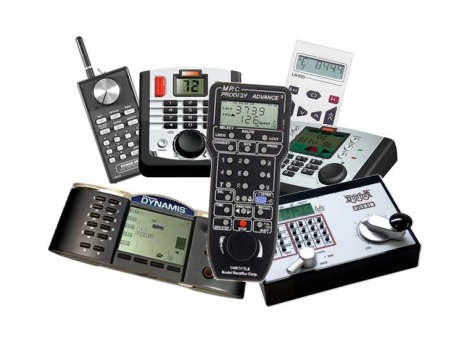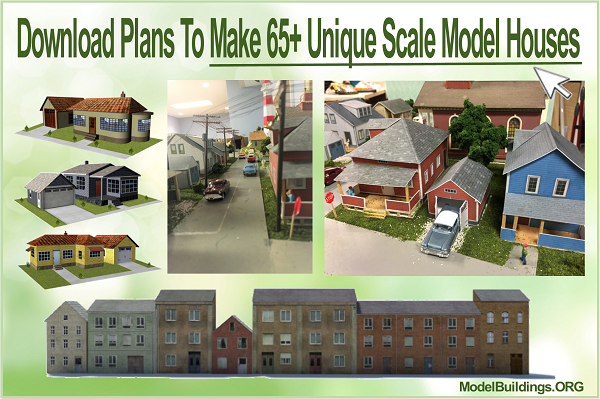Bringing a Railroad to Life in Miniature with DCC Technology
At the bottom of the grade, the engineer advances the throttle to Run 8, and the five-unit Dash-9-44CW consist dragging a mile of loaded coal hoppers and two more Dash-9 pushers digs in for the long climb. Approaching a grade crossing, the engineer blows the familiar two long, one short, one long horn blasts and activates the flashing ditch lights. The crossing gate descends and the warning lights and bell activate. It’s another routine day for the Union Pacific in the Western US.
There’s something different about this train, though. The engineer with his hand on the throttle is a retired lawyer, and the Dash-9 locomotives heading this unit train are only 10 inches long. The coal is simulated, and today’s train is part of an operating session on a huge basement HO scale layout in central Ohio. Although the coal is simulated, and the HO scale Dash-9s aren’t shooting plumes of diesel exhaust into the air, virtually everything else about the operation works exactly the same way as the prototype UP. Car manifests, switching orders, scheduling, and operating rules mirror the real thing, right down to the two-way radio calls and responses that the operators and dispatcher use. © Copyright http://www.modelbuildings.org All rights reserved.
This isn’t about the operation of the miniature UP Railroad, however. This is about the infrastructure that makes such detailed prototypical operation possible. It’s certainly true that modern model train modeling equipment is finely detailed and hugely diverse, but the real secret to all this complexity is a bunch of silicon microcircuits and computer programs called Digital Command Control, or DCC.
DC and DCC Model Railroads
Let’s go back to the distant, pre-computer past. Layouts large enough to operate more than one train at a time over the same line had only one choice for traffic control. A layout was divided into insulated control blocks, each of which received power through a manual switch. As a train moved from block to block, the switch was thrown to power it, and then thrown the other way to disconnect power to the preceding block as the train left it. This isolated the locomotives so that some form of independent control could be exercised. One problem with this arrangement was that each block needed to have some method of throttle control for the locomotive(s) in that block. Another problem is that because of wire resistance, the voltage in remote parts of large layouts declines.
Locomotives run slower with less power on distant parts of the layout. It’s not a good situation if the remote locations have grades that need to be negotiated. Long trains have the same problem far from the voltage source. Recommended resource http://www.dccmodeltrains.org
Model Train Electrics
Clever modelers with electrical skills were able to address the issues in unique ways, but there was no clear way of solving the problems for modelers who were less skilled or had fewer resources to apply to the solution. In most cases, the trains were left to use whatever electrical power was available and controlled with homemade throttle arrangements.
When it came to switching a train onto a siding or another branch line, manual switch throws and electrical solenoids were commonly used. The operation of either isn’t truly realistic, but those things were overlooked in the absence of any good solution. Light and semaphore signaling for train operation was either overlooked or operated manually with mechanical linkages and relays.
Model Train Operations
Complicated operations certainly appeal to some. There is a certain amount of satisfaction to be realized from having complex functions happen smoothly and on time. An operating session in those days usually had several operators imitating the Great Oz, throwing levers and switches frantically as the trains sped up and slowed down as they moved from destination to destination. It was certainly a sight to behold, but also distracted from the movement of the trains.
Unfortunately, complexity also leads to difficulty when it comes to maintenance and troubleshooting. Mechanical devices such as switches and relays are prone to getting dirty and working poorly, sometimes hiding the true issue in an array of weird and bewildering problem indications. That wasn’t the real push behind the development of DCC, but the elimination of those problems was certainly a nice side benefit of the technology.


